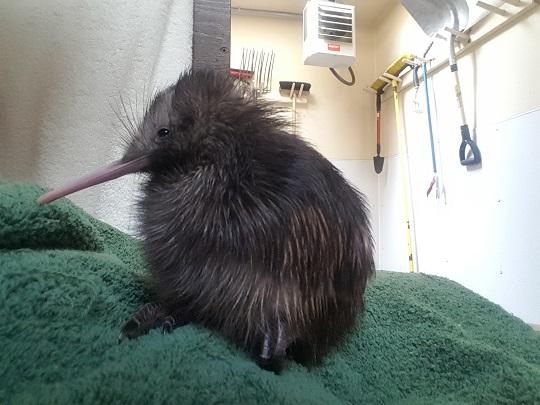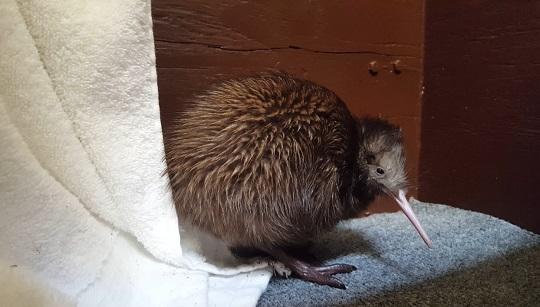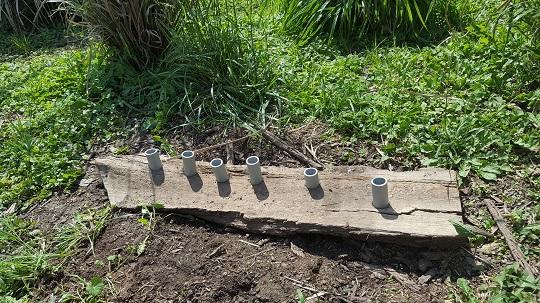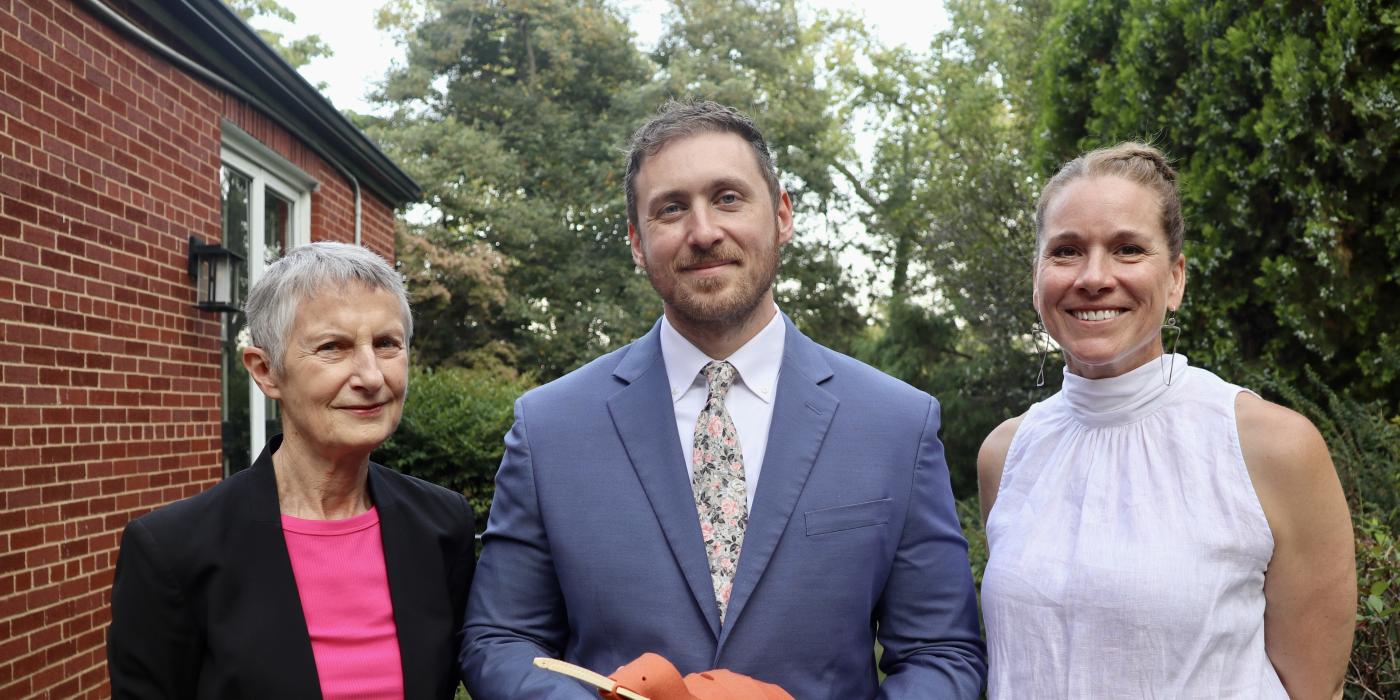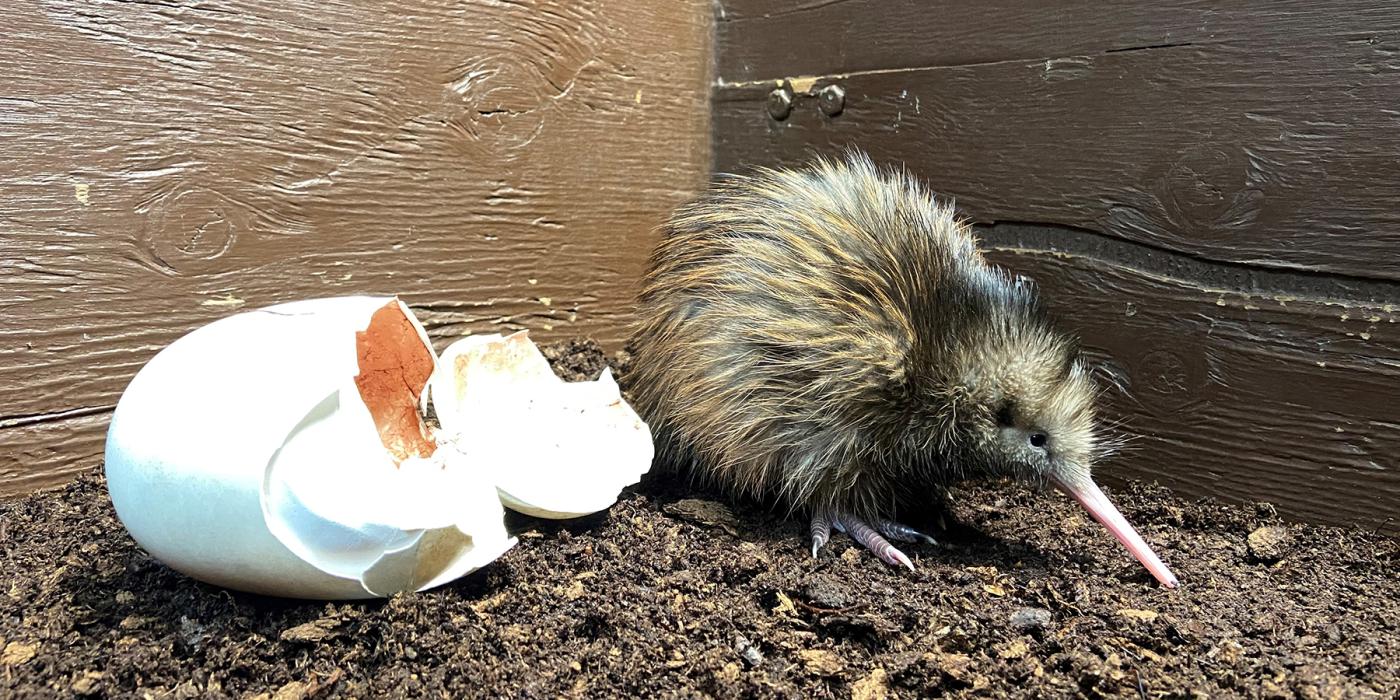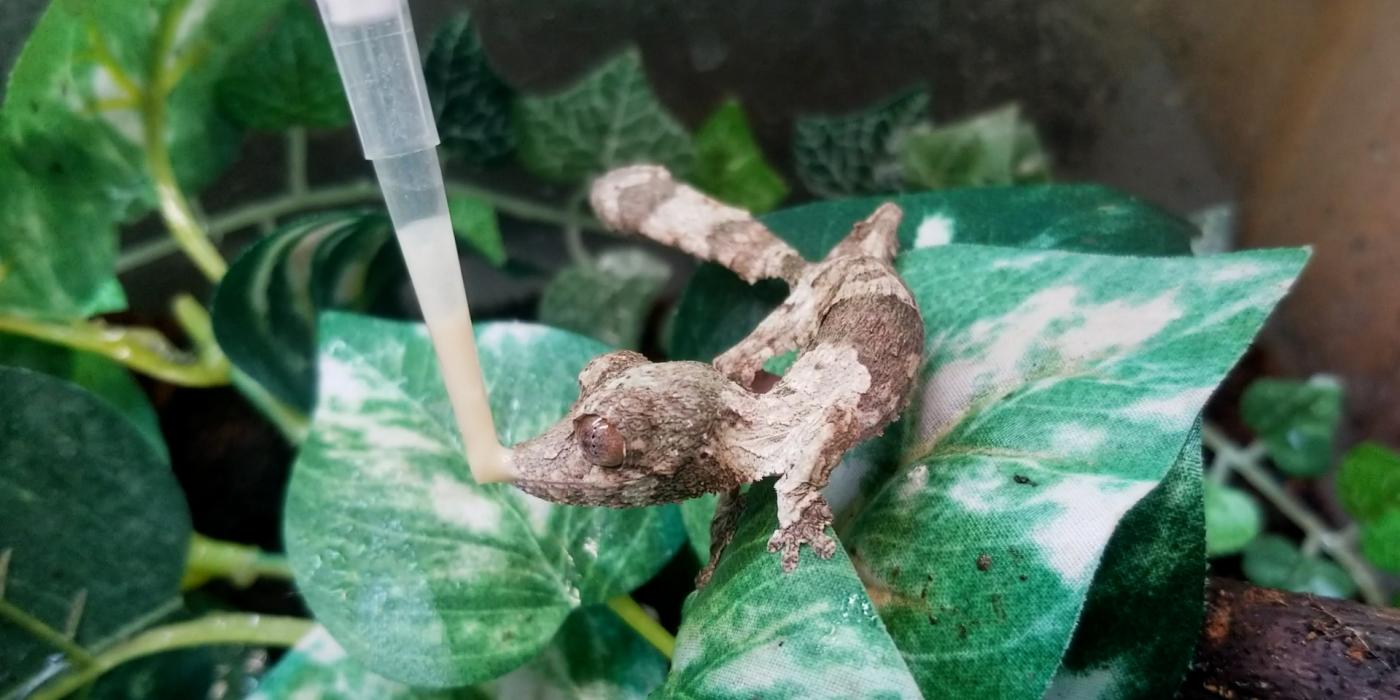Kiwi Q&A
For the first time, the Smithsonian Conservation Biology Institute's kiwi pair are parents! Biologist Warren Lynch and keeper Wesley Bailey reveal how a strict diet helped dad Ngati Hine Tahi get in shape and resulted in SCBI's first chick.
This story appears in the June 2016 issue of National Zoo News. Want animal tales delivered straight to your inbox? Sign up for the e-newsletter here.
How is the chick doing?
The chick is doing well—it's very lively! When the chick hatched May 10, we sent a fragment of its shell to Avian Biotech for genetic testing. We should know whether we have a male or female soon!
Why is this kiwi chick so special?
Six years ago, New Zealand gifted 11-year-old male Ngati Hine Tahi and 11-year-old female Ngati Hine Rua to the Smithsonian's National Zoo and Conservation Biology Institute. In July 2010, we held a ceremony and traditional Maori blessing with Ambassador Roy Ferguson and Consul General John Mataira.
At the time, Ngati Hine Tahi and Ngati Hine Rua were the first export of kiwi in more than 20 years; now, subsequently, they are the only export in nearly 30 years. Bringing them here introduced entirely new genes into the population, and they are still considered the most genetically valuable birds outside of New Zealand.
In late 2010, this pair produced its first fertile egg. However, the embryo died at 2 to 3 weeks of age. Since then, the female has laid many eggs but until now, all have been infertile. We were thrilled when this chick hatched!
Why weren't past eggs fertile?
The infertility was related to the male being overweight. A healthy weight for a male is around 3.8 pounds, and Ngati Hine Tahi was 6.8 pounds at his heaviest. Because of his weight, his size was so great that he could not successfully copulate, and the eggs weren't getting fertilized. After many months of patience and diligently managing Ngati Hine Tahi's diet, our efforts were rewarded with a fertile egg, and now a chick!
How did you help Ngati Hine Tahi's lose those extra pounds?
All of our kiwi get two varieties of worms and a mix of meat, fruits, and vegetables as part of their diet. Originally, Ngati Hine Tahi was getting the same amount as Ngati Hine Rua. Foods that are rich in nutrients (and calories) are high-value foods, and foods that are low in nutrients (and calories) are considered low-value foods. To help Ngati Hine Tahi lose weight, we started offering him more low-value foods and less high-value foods. We adjusted the diet as his weight fluctuated to ensure he was still getting a well-balanced meal. Eventually, he reached 5 pounds, and we were able to put him and Ngati Hine Rua together again at mealtime. We're well on our way towards hitting his goal weight of 3.8 pounds.
Once they were back together, one of our biggest challenges was trying to come up with a way to ensure Ngati Hine Tahi didn't overeat. So, we crafted an enrichment feeder using a log and tubes. Because Ngati Hine Rua has a longer bill than Ngati Hine Tahi, we were able to place food deep inside the tubes so she was able to access food where he couldn't. This effectively reduced his calorie intake while allowing them to bond as a pair.
What's next for the SCBI kiwi breeding program?
We're about to have double (or even triple) the excitement. Ngati Hine Rua laid a second egg on March 23 which is fertile and should hatch any day now, and she laid a third egg on May 22! We'll be able to tell if the third egg is fertile in the coming weeks. Most Zoo animals participate in a breeding program called the Species Survival Plan. The SSP scientists determine which animals to breed by considering their genetic makeup, nutritional and social needs, temperament and overall health. The Species Survival Plan will determine whether these kiwi chicks will stay with us here at SCBI or be sent to another facility to establish a new breeding pair.
Related Species:
